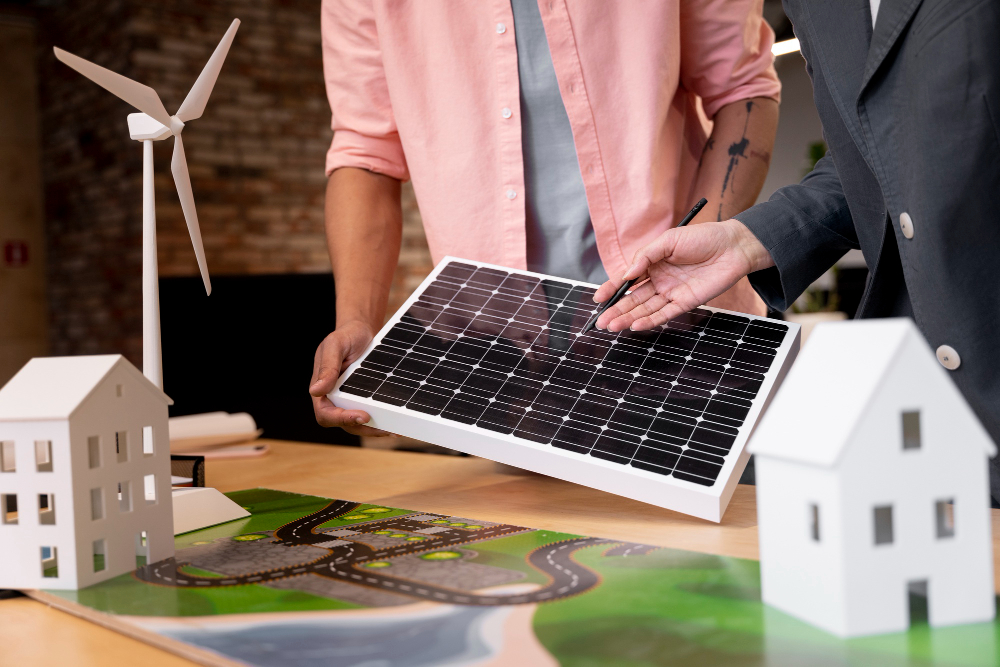Last updated on
Here are seven ways to increase your home value by adding eco-friendly improvements. Some of these are straightforward. Read on!
When you’re thinking about improving your home, there probably are a million options on your mind. Of course, you can’t do them all, so you’ve got to pick and choose.
In addition, you also want to ensure that any changes you make also increase the value of your home. So that in case you sold it, it wouldn’t be money down the drain.
If you’re a friend of the earth, you’d also want to ensure that any improvements are eco-friendly. But would they also add value to your home if you put it on the real estate market? Well, the fact is, green home improvements definitely up the value of your home.
Green improvements often result in long-term monetary savings, and that’s very attractive to potential buyers. Read on to find out what they are.
Get a LEED Certification
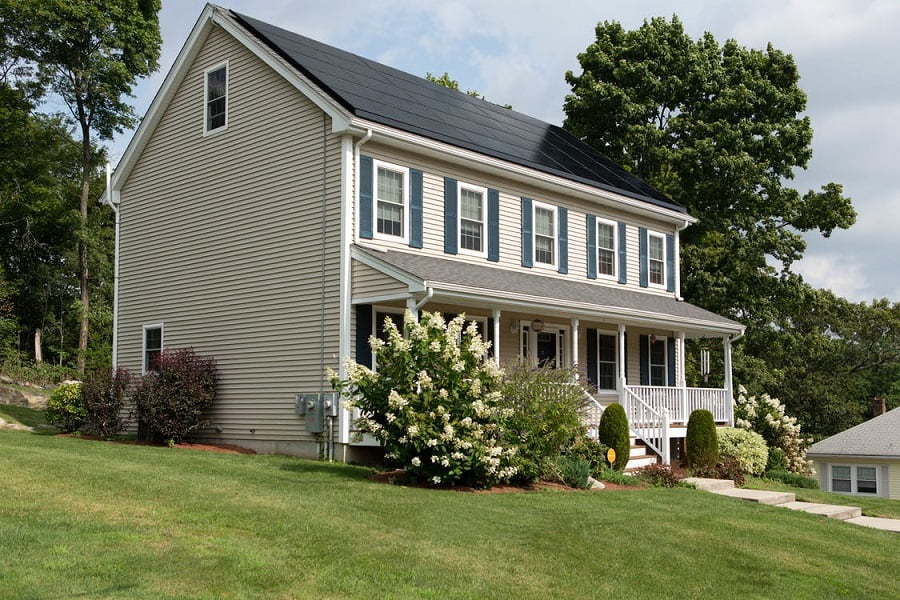
LEED, or Leadership in Energy and Environmental Design, is a rating system for green homes run by the U.S. Green Building Council. It certifies homes that can be considered green.
LEED-certified homes are not just eco-friendly; they’re also people-friendly. The inmates of such a home get benefits like more fresh air, brighter natural lighting, less toxicity, and better health.
Even a simple act such as using a doormat at the entrance of your house and placing a shoe rack outside your living area will diminish contaminants in your home. Yes, that’s part of the LEED guidelines.
LEED homes are also money-savers. They use 20% – 30% less energy and a lot less water. The best part is that building such a green is not more expensive than an ordinary one. It’s just built differently. What’s more, buyers love LEED homes. Such homes have a resale value of $25,000 higher than similar homes that are not certified.
Many of the following tips are part of the steps that will take your home up to the coveted LEED certification. Of course, it’s easier to obtain if you’re building a home from scratch. And in case you are, do use recycled building materials.
Add Insulation
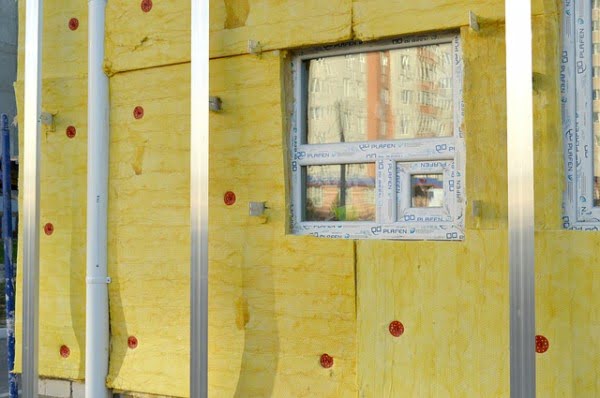
Adding insulation to improve your home is an absolute no-brainer. It saves you money while you’re still occupying your home. You use less energy, which is good for the environment. And guess what – it delivers great ROI too.
In 2016, for example, fiberglass attic insulation gave a massive ROI of 117%. Add to that the fact that 90% of the homes in the US are under-insulated. So, if your home is properly insulated, you automatically get into a category of just 10%. The greenest way to differentiate yourself from the competition?
You should insulate your cold and hot water pipes. Work on those walls. And replace old windows with modern windows that are better at insulating, as well as letting in more light. When selling homes, perhaps the only move with more ROI is by using a flat fee MLS. Do check out this infographic to learn more.
Let in More Natural Light
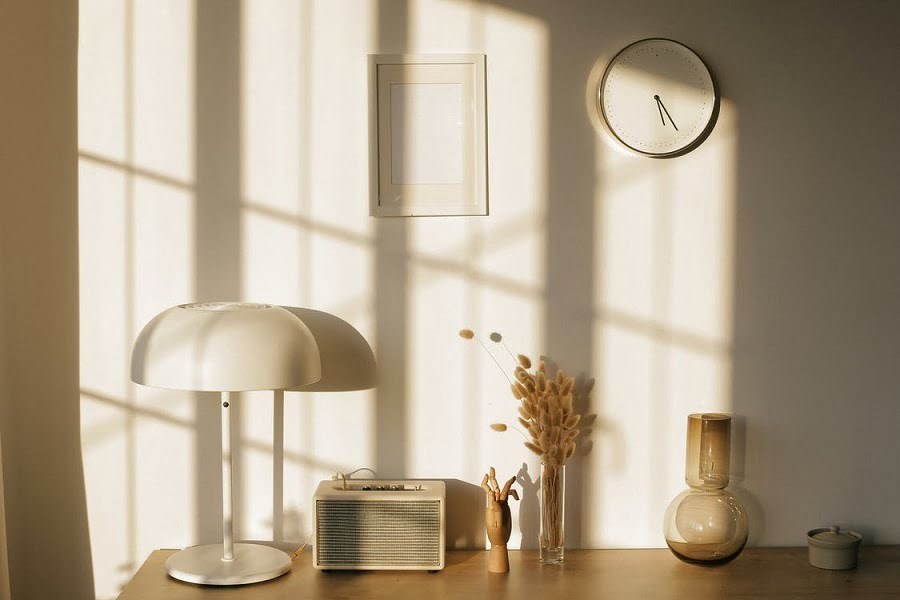
Rooms with more natural light are much more pleasant to live in. They also are more energy-efficient. They cut down on your lighting bills. And they let in the sun, to reduce your heating bills too.
Besides, when you’re staging your home after you put it up for sale, big windows make your rooms look bigger and more attractive. It’s also an excuse to get into indoor plants and enliven your spaces.
Energy-efficient skylights and windows could reduce energy bills by an average of 12% annually. Even better for the earth, it means you prevented 1,000 to 6,000 pounds of Carbon dioxide from being released into the air.
Using modern lighting also helps. Replace your old incandescent light bulbs with modern LED lights. Besides the savings, it’ll also give your home a modern feel.
Install Low-Flow Faucets

Faucets can save water by adding air bubbles into the water via an aerator. It gives you good water pressure, without using so much water. That saves bills and leaves more water for the birds and the bees.
Building a clever system to reuse your greywater, say, for watering the lawn, is also an impressive move. Do ensure that it doesn’t involve lugging buckets of water around! Other water-saving, green methods are a rainwater harvesting system and drip irrigation for your lawn and plants.
Get a Solar Water Heater
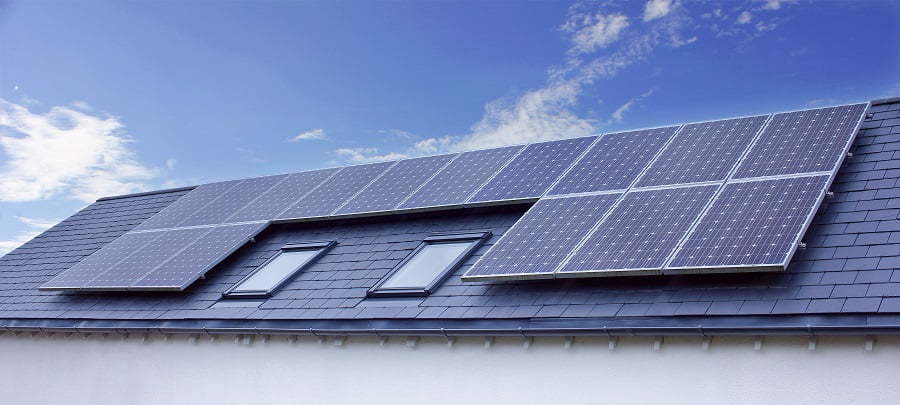
Households, on average, spend $400 – $600 on water heating, which adds up to as much as 18% of the utility bills. Installing a good solar heater will save you money and last for 20 years. While the initial costs are high, check for government tax rebates and credits in your area.
Use Energy Efficient Appliances

Buying a house with modern appliances is something every person longs for. It’s not the most important deciding factor. But with other things being equal, the devices your home is equipped with can clinch the deal.
Add ‘energy-efficient’ to the mix, and it’s the cherry on the cake. After all, 55% of those looking to buy a home say that energy efficiency will have a strong impact on their decision.
The key is that whenever you decide to buy a new appliance, upgrade to Energy Star-certified one. They use between 10% to 50% less energy over a year.
Considering an appliance can last between 10 to 20 years, that’s a massive amount of dollars saved. And home buyers are certainly aware of it.
Get Solar Panels
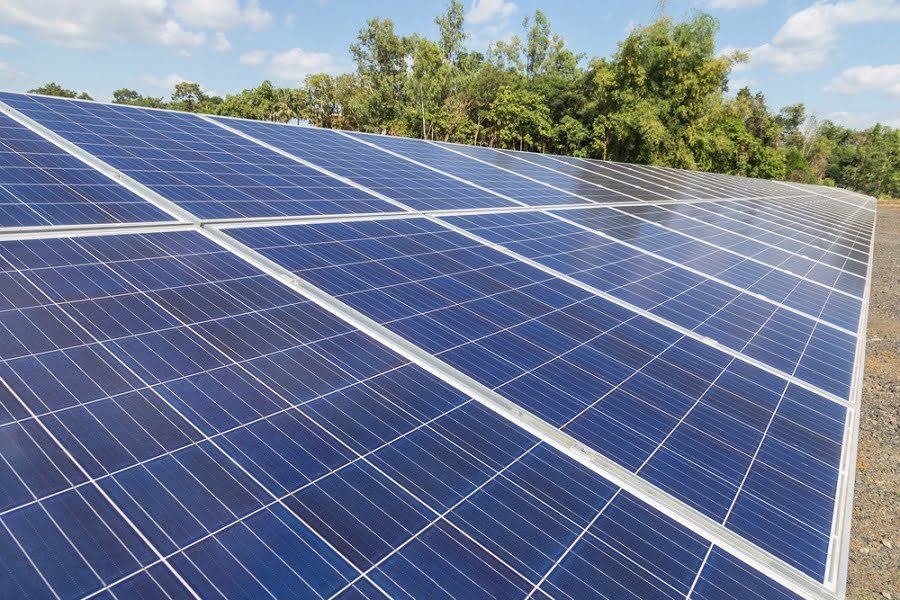
Generally, if you’re part of a typical American family, you spend around $1,450 a year on just electricity. Over 20 years, that adds to around $ 30,000, not factoring in inflation.
An average solar system costs between $11,000 to $15,000 today. You can get a glimpse of the massive amount of money saved. Factoring in inflation and various other factors, the average 20-year savings could range between $45,648 (Massachusetts) to $12,822 (Washington).
Are you wondering if you’ll lose all that money when you sell your home? Well, there’s a $5,911 increase in resale value per KW of solar power installed. Now that you’re convinced check out these top flexible solar panels.
Upgrading your home the green way will surely pay off. For you, as well as the earth. So whenever you plan to improve your home, explore eco-friendly options, and choose the best one.
Related reading:
Table of Contents


